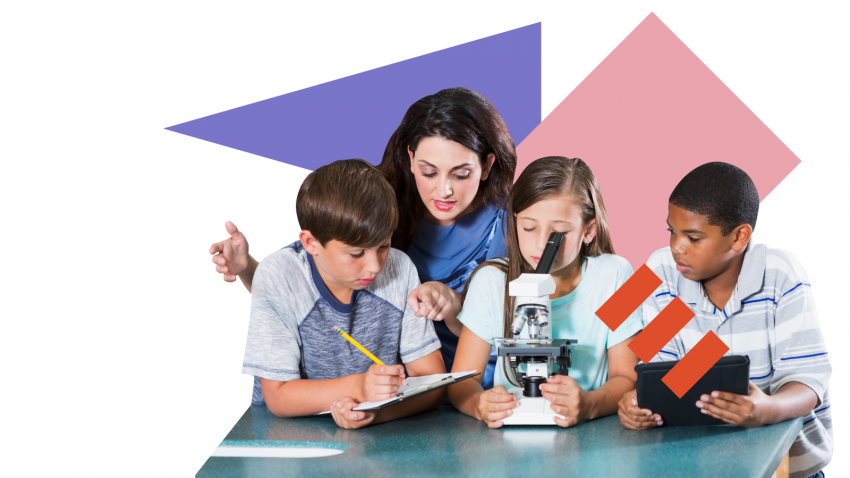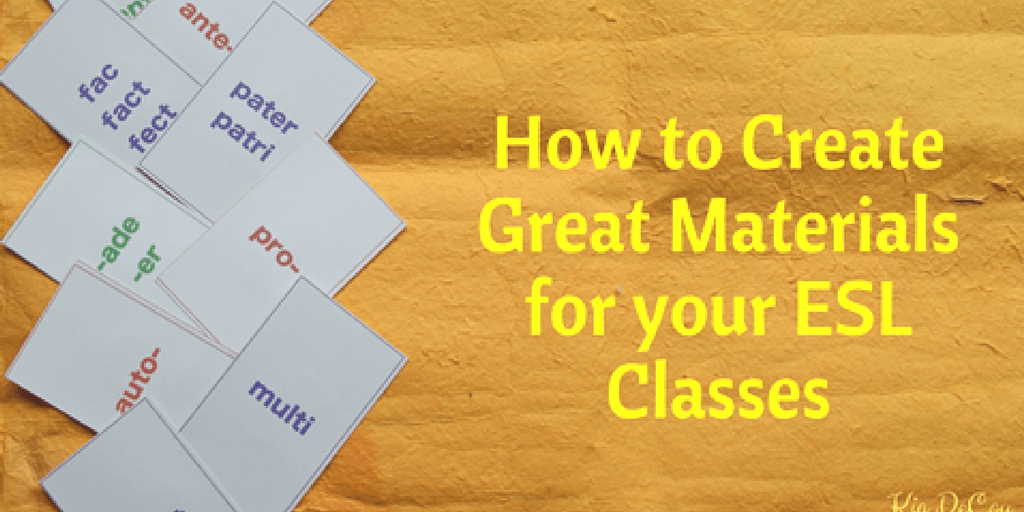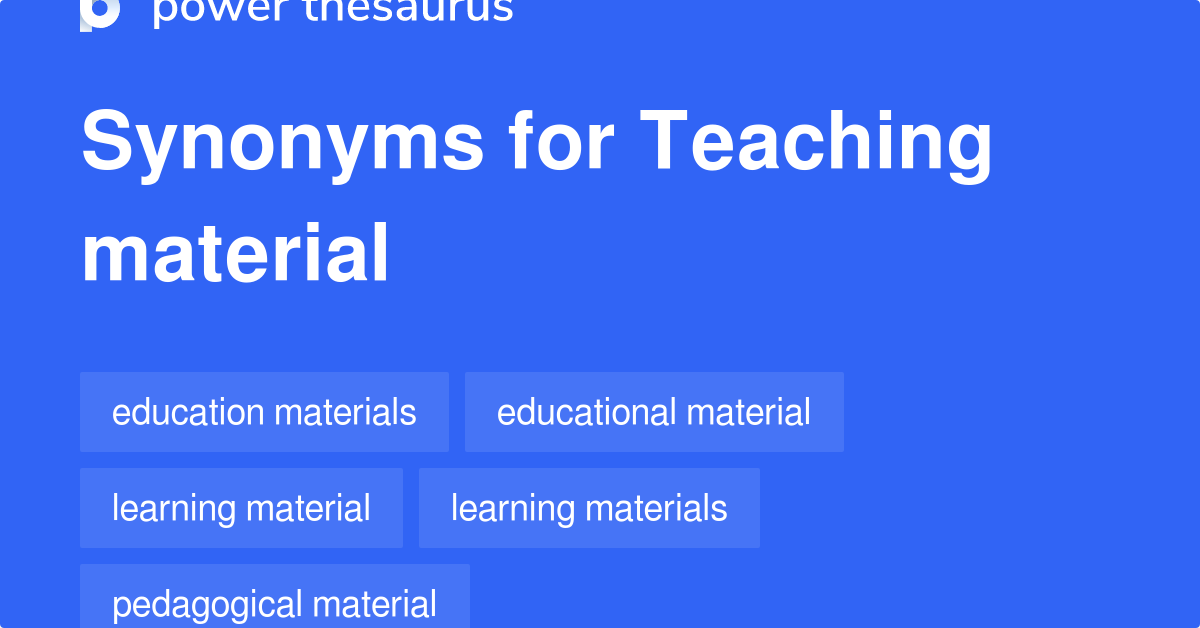New Facts On Deciding On Italian Nursery Teaching Aids
Wiki Article
What Kinds Of Teaching Tools Will Be Needed At The Italian Primary Or Preschool?
The essential materials required by an Italian primary or nursery school is a mixture of workbooks, books as well as other teaching aids that support the development and learning of children. Examples of the items you might require include textbooks and workbooks They are required for subjects that are fundamental like Italian math, science, math and social studies.
Art and craft materials: These include crayons, paint, brushes markers, as well as other tools students can use to create projects.
Manipulatives - Games, blocks and puzzles can be used to build critical thinking skills and problem-solving skills.
Educational technology: Tablets, computers and other devices can be used to improve learning and offer additional resources for students.
Visual aids such as posters maps, charts, charts and others can help students remember and understand important concepts.
Books: A variety of appropriate for children of all ages. Italian books can promote reading and language development.
Musical instruments: Musical instruments such as tambourines, xylophones, and maracas, can be used to teach rhythm and appreciation.
Safety equipment First aid kits with fire extinguishers as well as emergency procedure posters are vital to ensure the safety and well-being of staff and students.
Equipment for sports: You can make use of cones, balls, or any other equipment for playing outside and in physical education.
Italian primary elementary, secondary and nursery schools need a variety of educational materials that will create an engaging learning environment. Take a look at the most popular scuola primaria for blog advice.

What English-language educational materials are recommended by Italian nurseries to their children?
English didactic cards can be an a great way to introduce the English language to infants at Italian nurseries. These are just a few kinds of English didactics cards that could be recommended. Alphabet Cards: Alphabet books help children learn the English alphabet and the sounds that accompany every letter. These cards may also have illustrations of animals and other objects that begin with each letter.
Vocabulary cards: Vocabulary cards can aid children in learning commonly used English words and their significance. These cards could feature photos or illustrations of objects, animals or people. They could also contain the English word that is associated with it.
Cards for sight words: These cards were designed to help children become familiar with the most common English words. They are also useful for teaching them how to read and communicate. These cards can feature simple sentences or phrases with the words highlighted.
Phonics cards: Phonics card will help kids understand the connection between letters and sounds in the English language. They may include pictures of words or objects that have their phonetic equivalents on them.
Conversation cards. These cards assist children develop their English conversation skills by engaging in a conversation between them and their parents. They can include simple questions or prompts that inspire children to communicate their thoughts.
The cards must be appropriate for toddlers. These cards can be utilized by teachers and caregivers to create interactive and fun English language activities for children that will encourage their curiosity and passion. Read the most popular materiale didattico matematica sostegno for more recommendations.

What Kinds Of Materials And Resources Are Needed In Italian Kindergartens To Teach Science?
In Italian nurseries, science-based teaching materials can help children discover and discover the world. Here are a few examples of the types of support required for science teaching materials: Curriculums and lesson plans. A well-planned curriculum and lesson plans that include science-based concepts can help ensure that children are learning and are exposed to scientific concepts.
Instruments for visual and tactile learning Charts, posters, natural objects and magnifying glasses kits can help children understand scientific concepts through a visual and tactile approach.
Videos and Books Videos and books which focus on subjects in science like animals, plants, weather, and space are a great way to engage children and provide extra resources to help them learn.
Learning spaces outdoors. Children can explore the natural environment through playgrounds, gardens, and other learning areas outdoors.
Parental involvement: Involving parents in science learning can help reinforce the concepts learned in nursery and promote the involvement of families in learning.
Assessment instruments. Teachers and parents can use these tools to monitor their children's progress and to determine areas in needing extra support.
It is important to ensure that the science teaching material support provided is appropriate for children of the ages of 0 to 5 years old. children. The materials help teachers and their caregivers to design fun and interactive science lessons that stimulate curiosity and a love of learning in children. View the top sostegno scienze for blog info.

What Geography Teaching Materials Do Italian Nurseries Require?
Italian nurseries are able offer children geography-related material to assist them in developing a better understanding of their surroundings and also teach them about other cultures and their environments. Here are a few examples of geography-related teaching tools maps. A map is a great tool to help children understand geography, including the geographic features of various countries and regions.
Globes: Globes enable youngsters to understand the oceans, continents, and other aspects of the earth.
Pictures and Videos: Images and videos showing diverse cultures and locations can be used to educate children about the diversity of the world. They will also learn about the different ways people live.
Books: Age-appropriate, age-appropriate books that feature different cultures and regions can help children develop an understanding of geography and a sense curiosity about the globe.
Natural materials: Natural materials such as rocks, shells and plants are a great way to help youngsters learn about the different habitats and ecosystems.
Field Trips: Kids can gain valuable geography knowledge through excursions to local Zoos, parks and museums.
It is essential to select geography teaching materials that are age-appropriate and culturally sensitive. These materials allow teachers and caregivers create engaging and interactive activities that foster children's enthusiasm for learning and curiosity.
